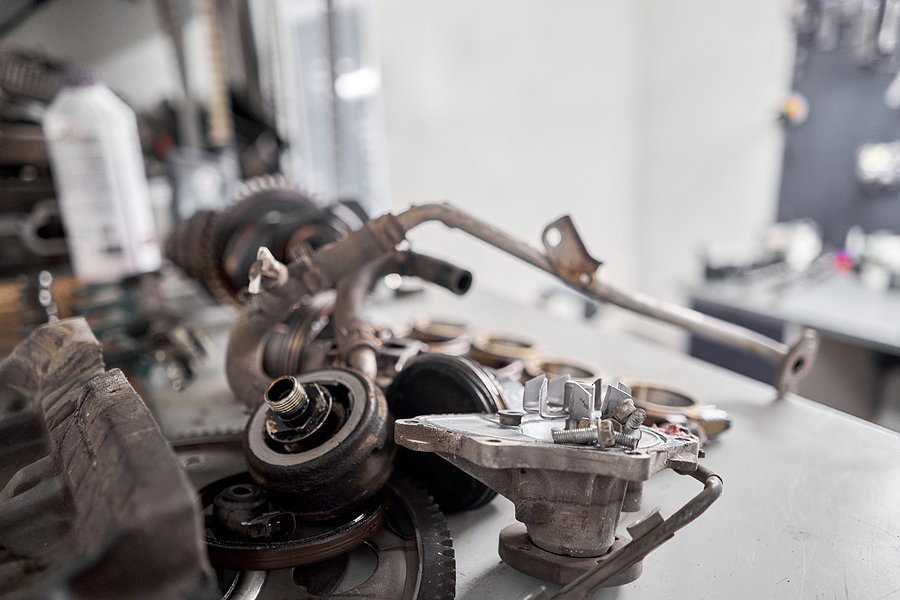In the eyes of an untrained observer, a junk car may seem like a heap of metal, plastic, and rubber. But for those who know where to look, every rusting vehicle is a potential gold mine brimming with parts that can be resurrected and sold. The auto scrapyard is a bustling marketplace of possibilities with fluctuating scrap metal prices, where the in-demand parts of yesterday’s jalopies are today’s treasures.
This blog post will guide you on the journey from trash to treasure, exploring the profitable world of sourcing and selling junk car parts. Let’s dive into this gritty, yet rewarding, venture.

What Are Junk Car Parts?
Before diving into the business of junk car parts, let’s understand what they are. These parts refer to any working components from a vehicle that has been deemed irreparable or no longer roadworthy. They are typically salvaged and sold for reuse on other vehicles, making them an essential resource for both mechanics and car enthusiasts alike. The most valuable scrap automotive parts include engines, catalytic converters, transmissions, doors, hoods, fenders, bumpers, batteries, and wheels. However, even smaller items such as mirrors, seats, and radios can also fetch a decent price.
Sourcing Junk Car Parts
The first step in sourcing junk car parts is finding a reliable auto scrapyard or junk car buyer. These are businesses that specialize in dismantling junk cars and selling their parts. You can find them by searching online or asking for recommendations from local mechanics or car dealerships. Once you have located an auto salvage lot, be sure to inquire about their inventory, pricing, and return policies before making any purchases.
Another great way to source junk car parts is by attending auctions or salvage vehicle sales. These events often have a wide selection of vehicles with various parts up for auction, providing an opportunity to score good deals. However, it’s essential to have some knowledge about the value and condition of different parts before bidding to avoid overpaying.
Finally, you can also source junk car parts by buying directly from individuals. Many people have old vehicles sitting in their backyards or garages that they are willing to sell for the right price. You can find these opportunities by browsing online marketplaces or putting out a call for used car parts in your local community.
Selling Junk Car Parts
Now that you have sourced your junk car parts, it’s time to turn them into profit. The first step is to identify which parts are in high demand and set competitive prices for them. Keep in mind that prices for scrap metal and junk car parts can fluctuate, so it’s essential to stay updated on current market values.
Next, you can choose to sell your parts online or through a physical storefront. Online platforms such as eBay or Craigslist are popular options for reaching a wider audience, while a physical store allows customers to see the parts in person before purchasing. Whichever method you choose, be sure to provide accurate descriptions and photos of the parts to attract potential scrap buyers.
Conclusion
From engines to mirrors, junk car parts are a lucrative source of income for those willing to put in the effort. By understanding what these parts are, sourcing them from reputable sources, and setting competitive prices, you can turn trash into treasure in the world of junk car part selling. So next time you see a rusty old vehicle, remember that there may be hidden treasures waiting to be discovered and sold. In the eyes of an untrained observer, a junk car may seem like a heap of metal, plastic, and rubber. But not to auto scrapyards near you!
Are you searching for an exceptional Kentucky auto salvage lot that offers generous compensation for your unwanted auto parts and scrap? Contact GC’s Junk Cars at 502-804-5605 to sell your junk car for cash on the spot to a trusted Louisville junk car buyer! We offer free junk car removal in all surrounding counties.
Related Posts:
Current Scrap Prices for Catalytic Converters
Should I Part Out a Junk Car or Sell it Whole?
3 Hazardous Auto Parts and How to Dispose of Them Safely


